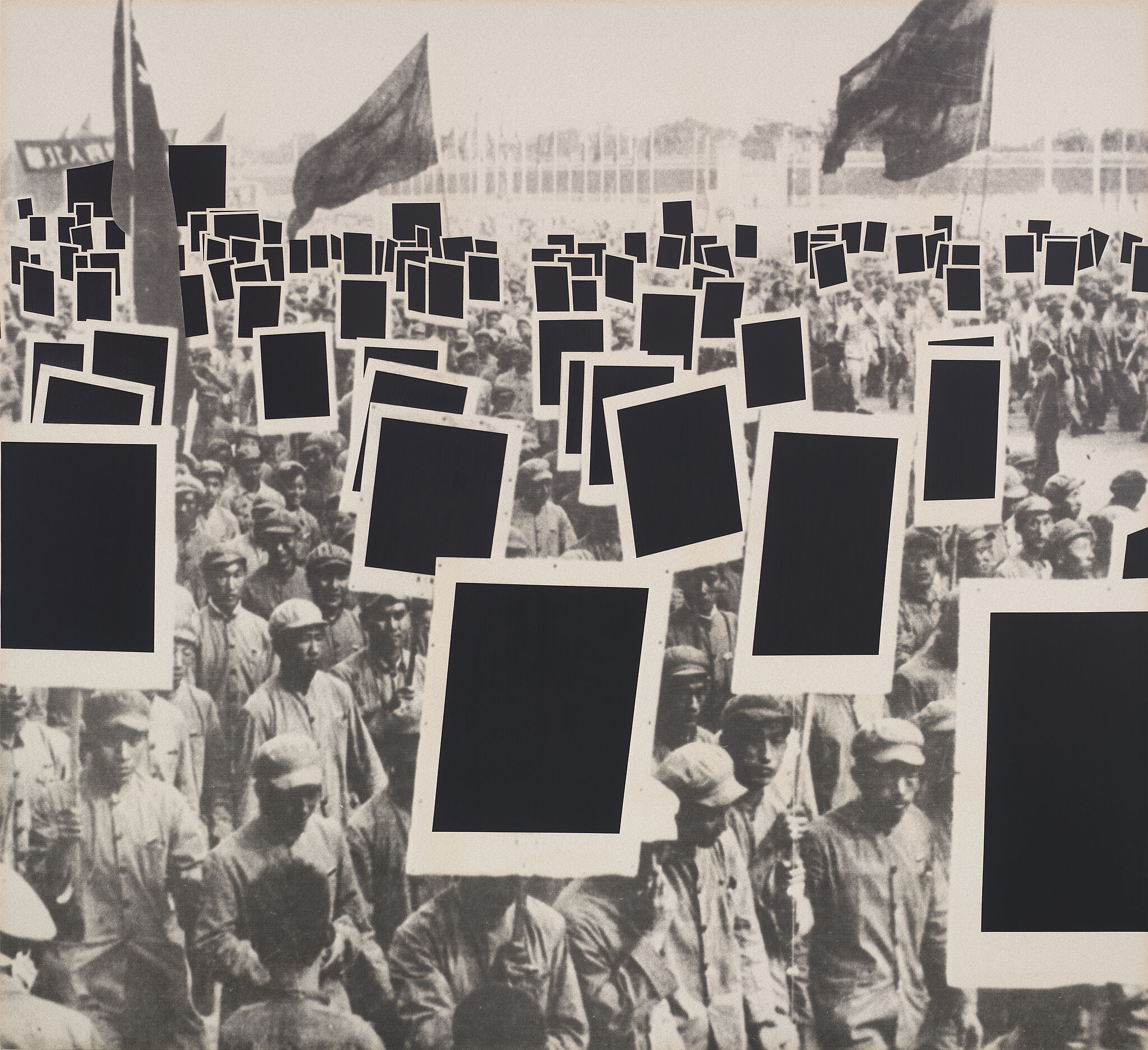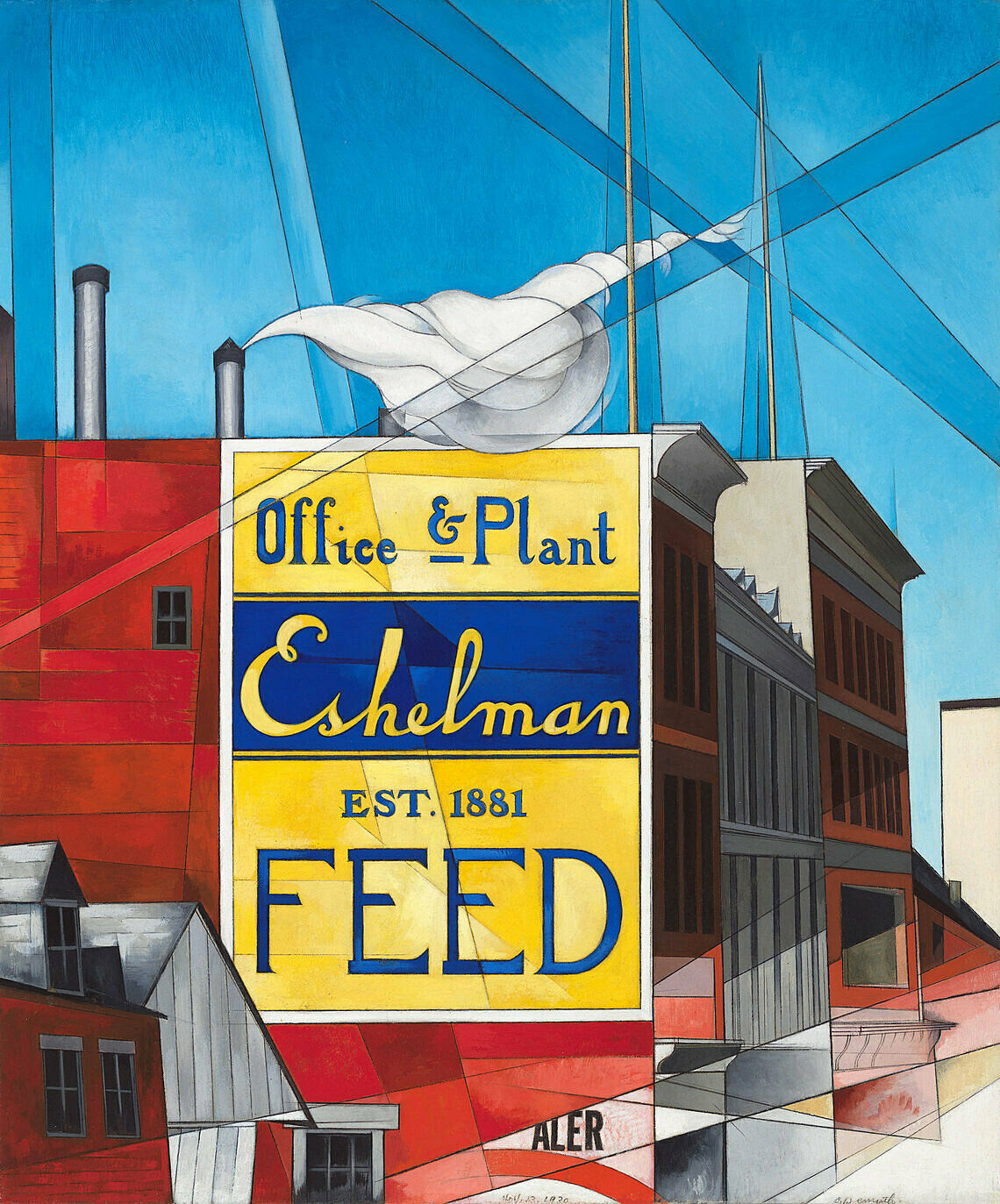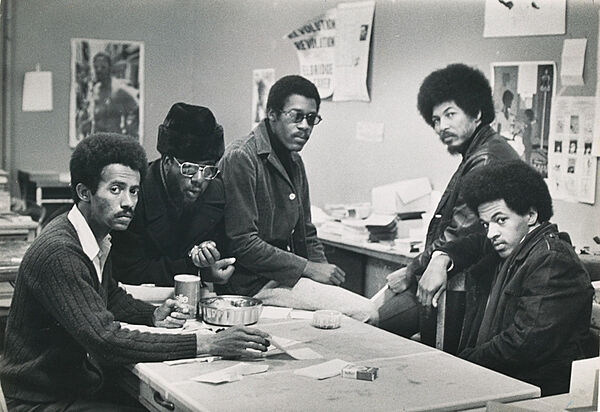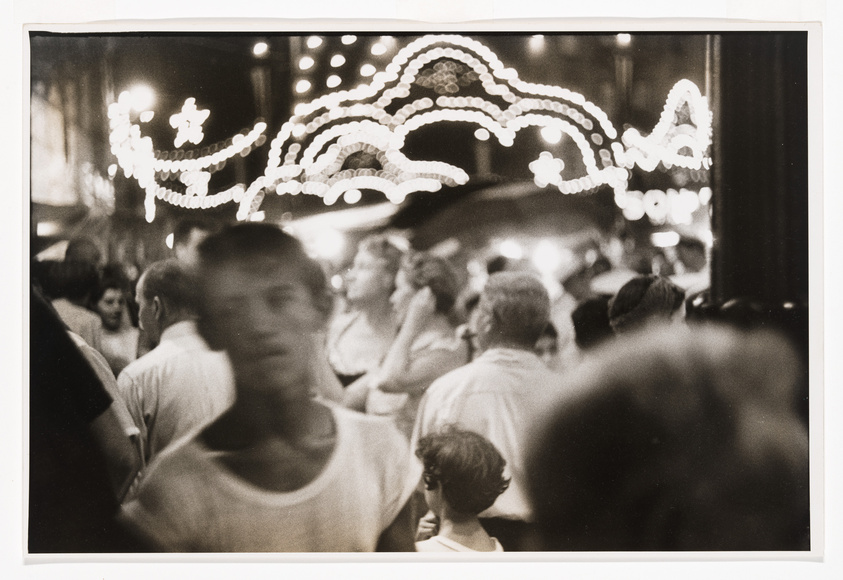Gordon Parks
1912–2006
Gordon Parks’s photographs are situated at the intersection of art and journalism and are informed by his profound belief in the capacity of the camera to serve as “a weapon,” as he put it, against “poverty, racism, discrimination.” Largely self- taught, Parks would make history as the only black member of the Farm Security Administration’s photography corps; the first African American staff photographer at LIFE magazine, a post he assumed in 1948; and the first African American to direct a major Hollywood film, 1969’s The Learning Tree, followed two years later by Shaft. Alongside fashion and nature photographs, Parks produced portraits of musicians, artists, writers, and politicians, as well as photo-essays on subjects as varied as the daily life of a custodial worker in Washington, DC; civil rights struggles; the Black Panther Party; the favelas of Rio de Janeiro; and the plains of his native Kansas.
In 1966 LIFE sent Parks to photograph Muhammad Ali during training in Miami. Having recently changed his name from Cassius Clay and declared himself a conscientious objector to the war in Vietnam on religious grounds, the world heavyweight champion was a controversial public figure. Parks’s black-and-white photograph of a hunched- over Ali deploys chiaroscuro to emphasize the emblem of the boxer’s power: his fists, which, wrapped in white bandages, seem to glow against the dark chair and negative space framed by his legs as the light catches them. Yet Parks’s depiction of a private, introspective moment, rather than one of active athleticism, perhaps also alludes to Ali’s status as a symbol for the conscience of his times.
Introduction
Gordon Roger Alexander Buchanan Parks (November 30, 1912 – March 7, 2006) was an American photographer, composer, author, poet, and filmmaker, who became prominent in U.S. documentary photojournalism in the 1940s through 1970s—particularly in issues of civil rights, poverty and African Americans—and in glamour photography. He is best remembered for his iconic photos of poor Americans during the 1940s (taken for a federal government project), for his photographic essays for Life magazine, and as the director of the films Shaft, Shaft's Big Score, and the semiautobiographical The Learning Tree.
Parks was one of the first black American filmmakers to direct films within the Hollywood system, developing films relating the experience of slaves and struggling black Americans, and helping create the "blaxploitation" genre. The National Film Registry cites The Learning Tree as "the first feature film by a black director to be financed by a major Hollywood studio."
Wikidata identifier
Q365682
Information from Wikipedia, made available under the Creative Commons Attribution-ShareAlike License . Accessed November 22, 2025.
Introduction
Self-taught, Parks worked as a photographer for the Farm Security Administration from 1942-1943, Life Magazine from 1948-1961, where he was the first black staff photographer; and as a freelance fashion photographer. He directed films in the 1960s and 1970s including "The Learning Tree" and "Shaft," composed music, and was the author of several books, mostly memoirs.
Country of birth
United States
Roles
Artist, author, composer, film director, photographer, writer
ULAN identifier
500019962
Names
Gordon Parks, Gordon Alexander Buchanan Parks, Gordon Roger Alexander Buchanan Parks
Information from the Getty Research Institute's Union List of Artist Names ® (ULAN), made available under the ODC Attribution License. Accessed November 22, 2025.






